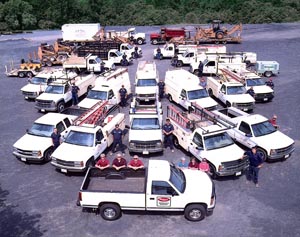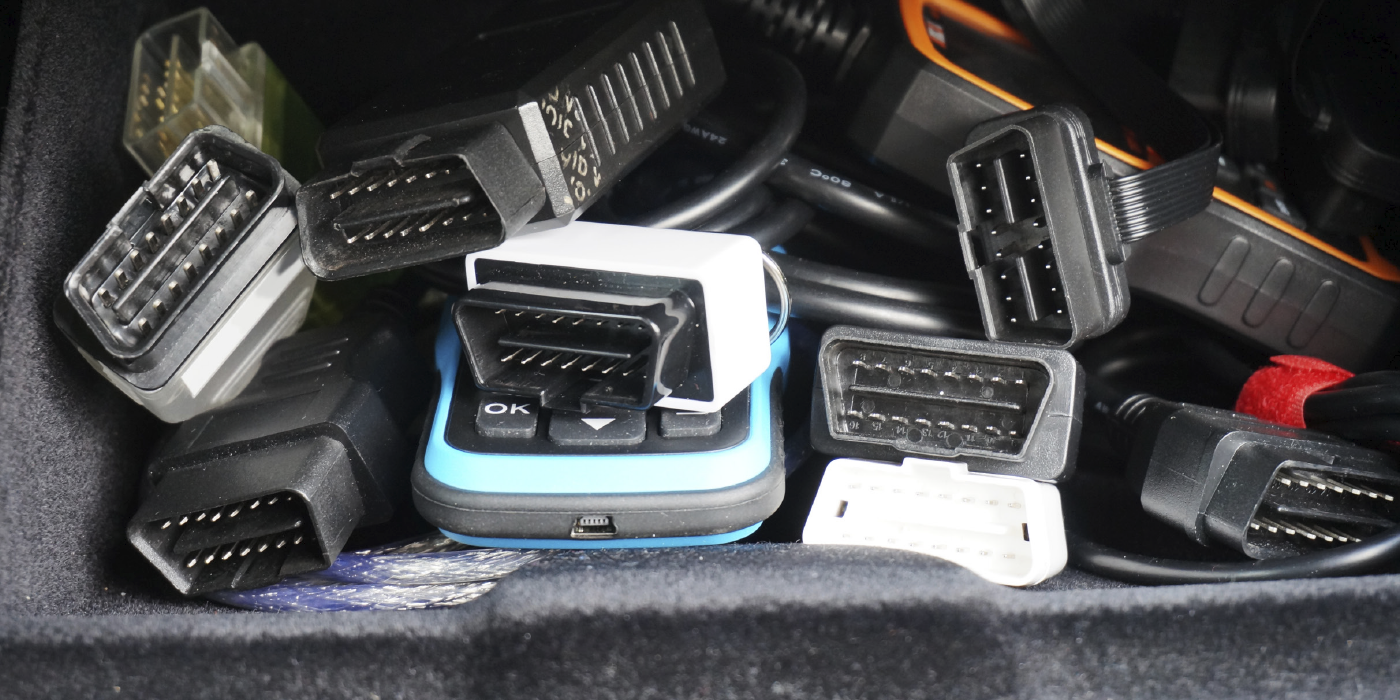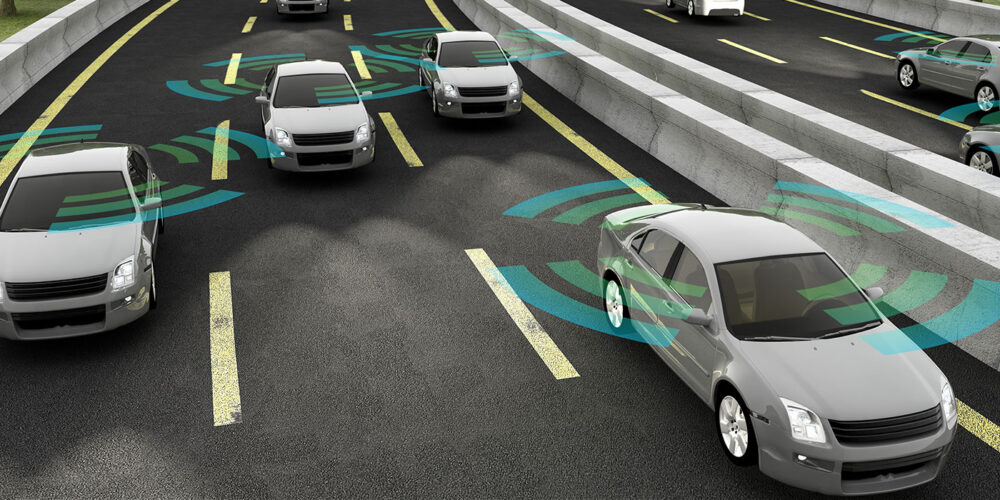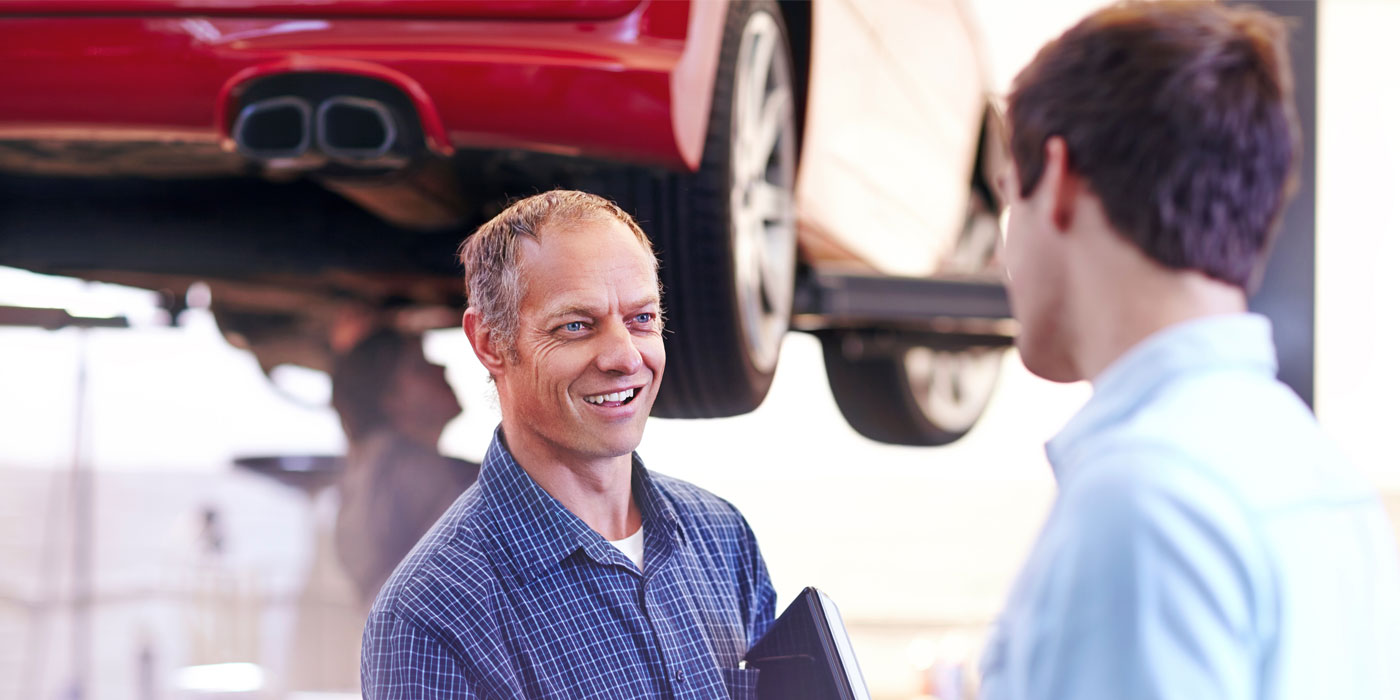 Sure, you see them every day, but when was the last time your vehicle lifts were thoroughly inspected by a qualified lift inspector?
Sure, you see them every day, but when was the last time your vehicle lifts were thoroughly inspected by a qualified lift inspector?
The Automotive Lift Institute (ALI) recommends that all vehicle lifts be inspected by a qualified inspector at least annually “in order to ensure reliability and allow the continued safe operation of the lift.” Additionally, an increasing number of local building codes and other regulations in the United States and Canada require annual lift inspections.
“Having your lifts inspected every year makes good business sense,” says Ron Lainhart, parts and service manager, Rotary Lift. “A good inspection will identify any potential maintenance issues before they turn into problems. That gives you time to schedule repairs at your convenience, reducing costly downtime and preventing more expensive emergency fixes.”
The inspection should follow the specific instructions provided by the lift manufacturer. Rotary Lift supplies its extensive network of Rotary Authorized Installers with inspection checklists for all its products, backed by comprehensive factory training on installing, maintaining and inspecting each lift.
The ANSI/ALI ALOIM-2000 national standard covering safety requirements for lift operation, inspection and maintenance also outlines a number of minimum inspection points that should be examined on any lift. These include:
- Examining all accessible structural components, including welds, for any evidence of overloading, misuse or abuse.
- Examining electrical components and wiring.
- Checking the lift controls to ensure accessibility, an unobstructed view of the lift and an automatic return to the neutral or off position when released.
- Locating appropriate lift documentation, safety instructions, vehicle lifting information, lift safety labeling and capacity labeling.
- Confirming adequate clearances around the lift.
- Checking all fastening devices for tightness and proper fit.
- Checking the lowering speed over the full down travel of the lift.
- Operating the lift through its full cycle and checking the operation of the positive stop. Checking to see if the lift locks engage in the fully extended position.
- Checking all lubrication points for cleanliness, integrity of fitting and presence of lubricant.
- Checking all chains and cables for excessive slack.
- Checking all potential pinch points.
At the conclusion of the inspection, the facility owner should receive an inspection certificate, which should be posted on or near the lift or kept with other lift records.
To find a Rotary Authorized Installer in your area, call (800) 640-5438. For more information about Rotary Lift products, contact your local Rotary distributor or visit www.rotarylift.com.
For more information about ALI and the industry standards applicable to vehicle lift construction, installation and inspection, visit www.autolift.org.













